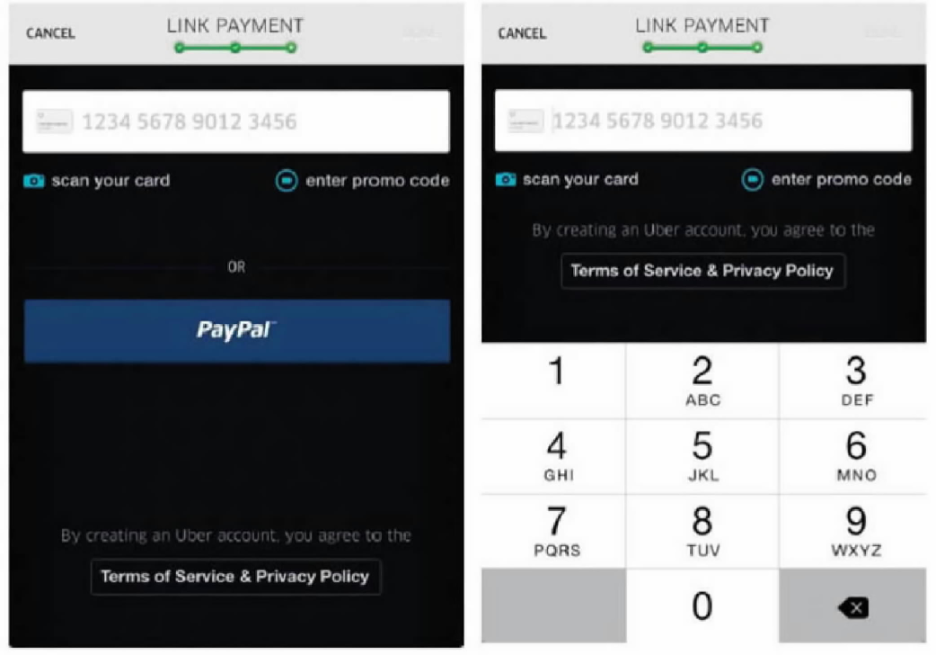How to Bind Users to Website Terms of Service
Website terms of service, which often include arbitration provisions with class-action waivers, are often of critical importance to businesses transacting online. However, these online agreements are essentially meaningless if businesses do not obtain consumer consent to them. By contrast, successfully obtaining consumer consent to these agreements will allow businesses to avoid litigation completely.
Based on guidance from many state and federal courts across the country, the “best practice” for obtaining consent to terms of service involves a so-called “two-click” process:
1. Requiring users to check an unchecked box near a clear hyperlink to the terms;
2. Making the consent text conspicuous, e.g., a regular sized font and contrasting color;
3. Placing the hyperlinks right above the agree or submit button; and
4. Requiring users to click the agree or submit button, which confirms the elections in checkboxes.
Historically, consent mechanisms were divided into “clickwrap” or “browsewrap” terms, but now hybrid versions exist. A riskier though often-used practice does not require the user to check an unchecked box, but still has clear language agreeing to terms (with a hyperlink to the terms) right above a noticeable button that the user is required to click. Another riskier but sometimes used practice is using a pre-checked check box.
A few examples where users were found to have agreed to terms include:
A. Valelly v. Merrill Lynch, 2020 WL 2907676 (S.D.N.Y. June 3, 2020):

B. Hosseini v. Upstart Network, Inc., 2020 WL 573126 (E.D. Va. Feb. 5, 2020):

C. Tompkins v. 23andMe, Inc., 2014 WL 2903752 (N.D. Cal. June 25, 2014):

While companies often try to find creative ways to obtain user consent (and, in particular, to avoid requiring the user to click a checkbox with the goal of not decreasing conversions), several recent cases have found various alternatives inadequate. These cases offer insight on what factors a court may find insufficient, including:
1. Failing to have sufficient contrast between the hyperlinks and the background;
2. Placing consent language or hyperlinks far below the submit button or fill-in location; or
3. Including the text on a “busy” page that requires additional actions that can cause a user to overlook the text and hyperlinks.
For example, courts in the below cases found the consent mechanisms inadequate:
A. Cullinane v. Uber Techs., Inc., 893 F.3d 53 (1st Cir. 2018):

B. Theodore v. Uber Techs., Inc., No. 18-CV-12147-DPW, 2020 WL 1027917 (D. Mass. Mar. 3, 2020):

C. Wilson v. Redbox Automated Retail, LLC, 2020 WL 1445622 (N.D. Ill. March 25, 2020):
Kiosk Interface:

Web Interface:

Since most terms of service attempt to bind users to arbitration with a class action waiver, one of the harshest consequences of failing to obtain user consent to terms is that users will be able to bring class action lawsuits in court on behalf of all similarly situated consumers, thus maximizing potential damages. Other provisions, such subscription billing terms, user content restrictions, limits of liability, disclaimers, and notice of other documents, such as privacy policies and refund policies, may likewise be found insufficient or unenforceable. Thus, it is crucial to implement adequate consent mechanisms at the outset.
Attorneys at Kronenberger Rosenfeld regularly draft terms and conditions, privacy policies, and consent mechanisms. If you have any questions, please contact us.

This entry was posted on Tuesday, August 18, 2020 and is filed under General News & Firm Announcements, Internet Law News.

